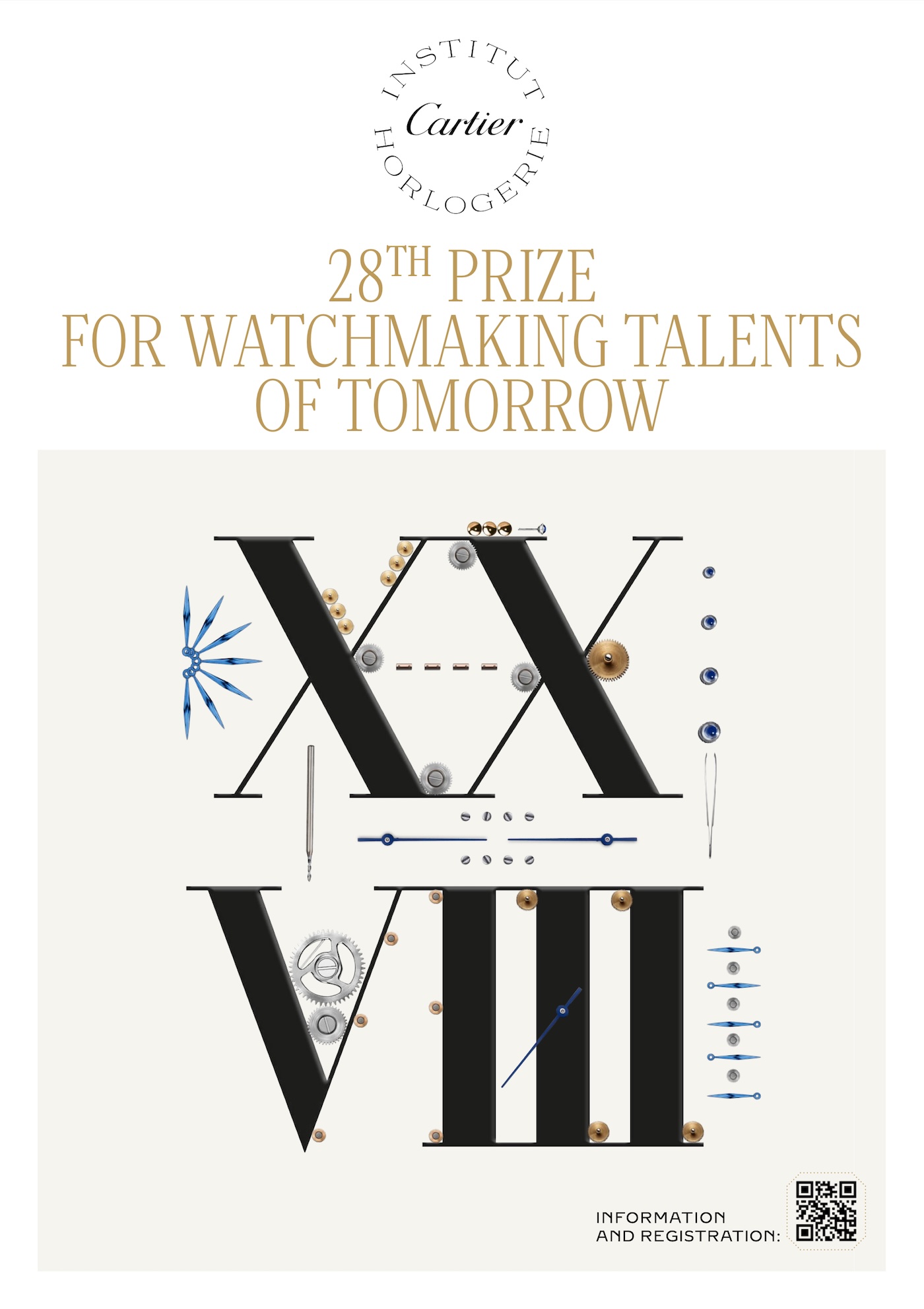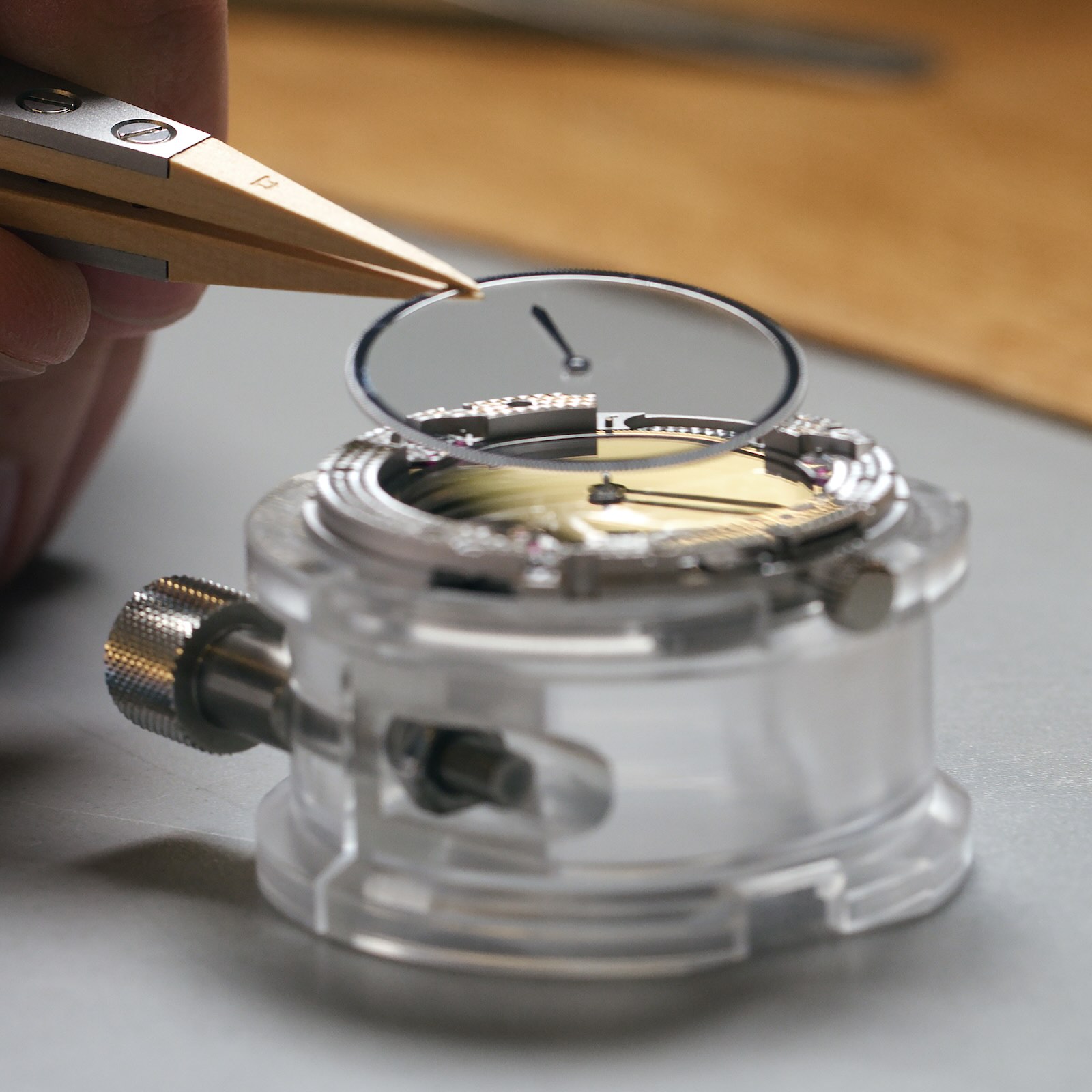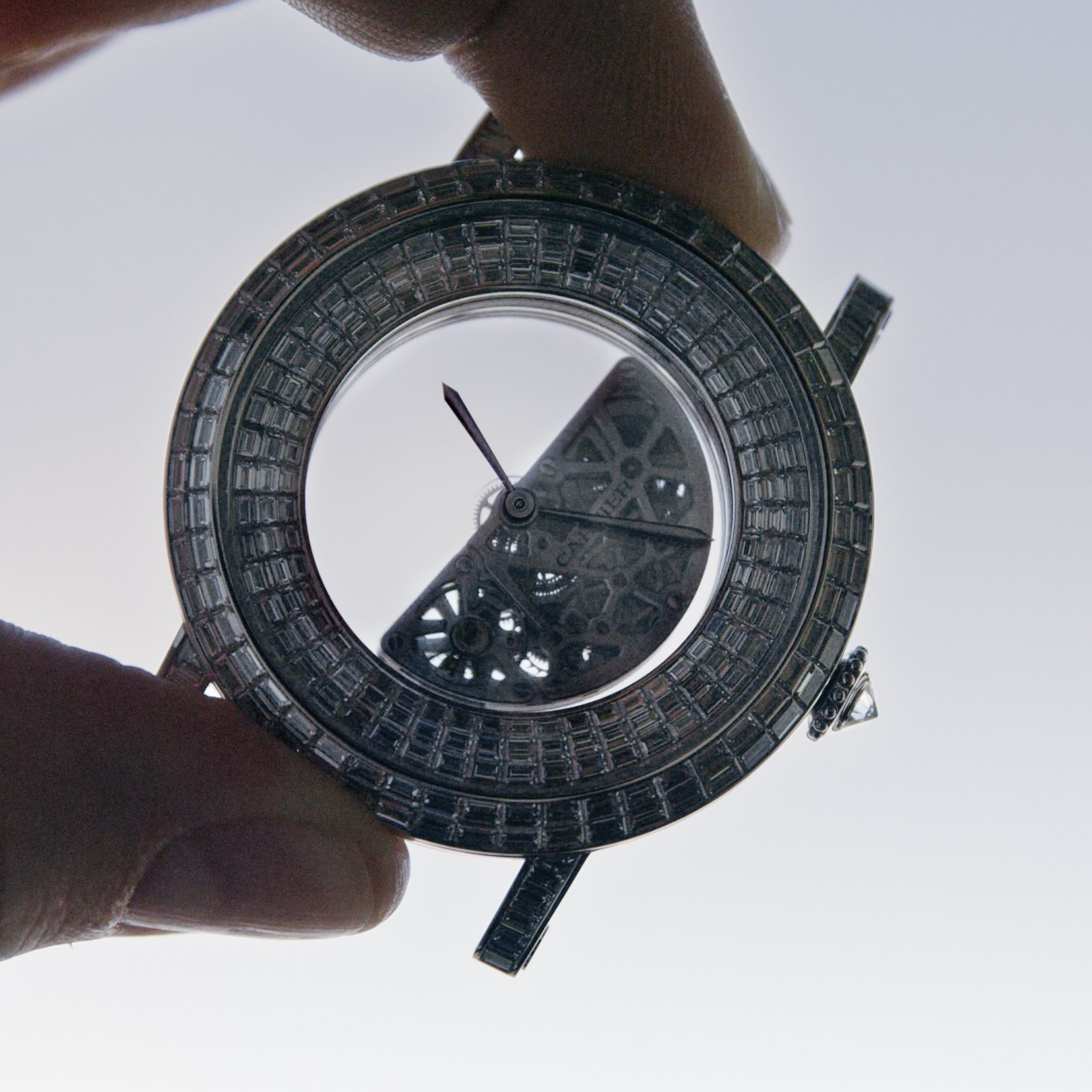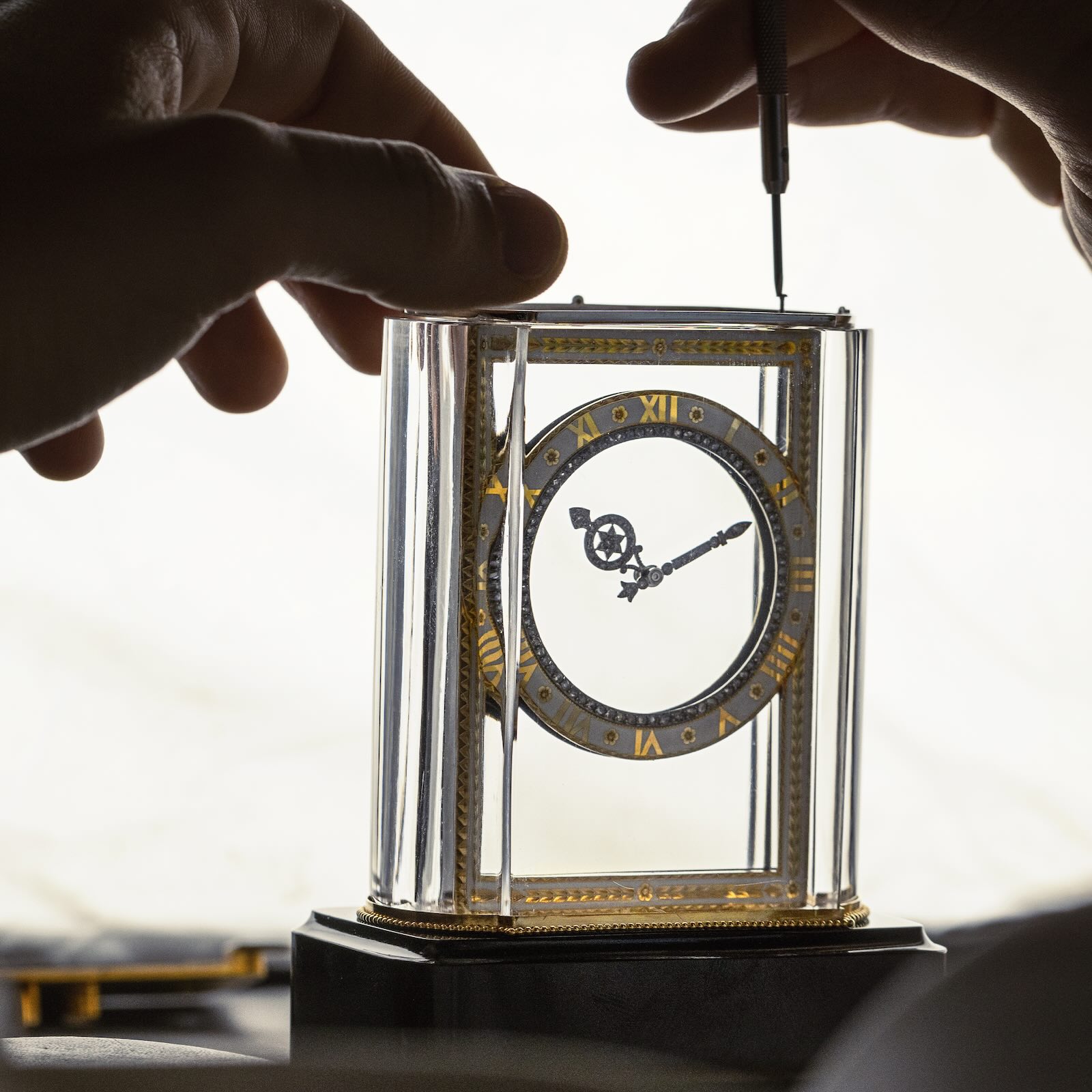Everything about The Cartier Prize for Watchmaking Talents of Tomorrow
Since 1995, Cartier’s initiative has aimed to bring support and guidance to the next generation of watchmakers.

For three decades, the Cartier Prize for Watchmaking Talents of Tomorrow (or Prix des Talents Horlogers de Demain in French) has been a unique opportunity for aspiring young watchmakers, offering them both recognition and a platform to shape the future of the craft. Launched in 1995, the Prize embodies Cartier’s commitment to preserving centuries-old savoir-faire while fostering creativity and innovation among the next generation. We sat down with Karim Drici, Senior VP and COO of Cartier, to explore the origins of the Prize, its role in nurturing new talent, and its vision for the watchmaking of tomorrow.
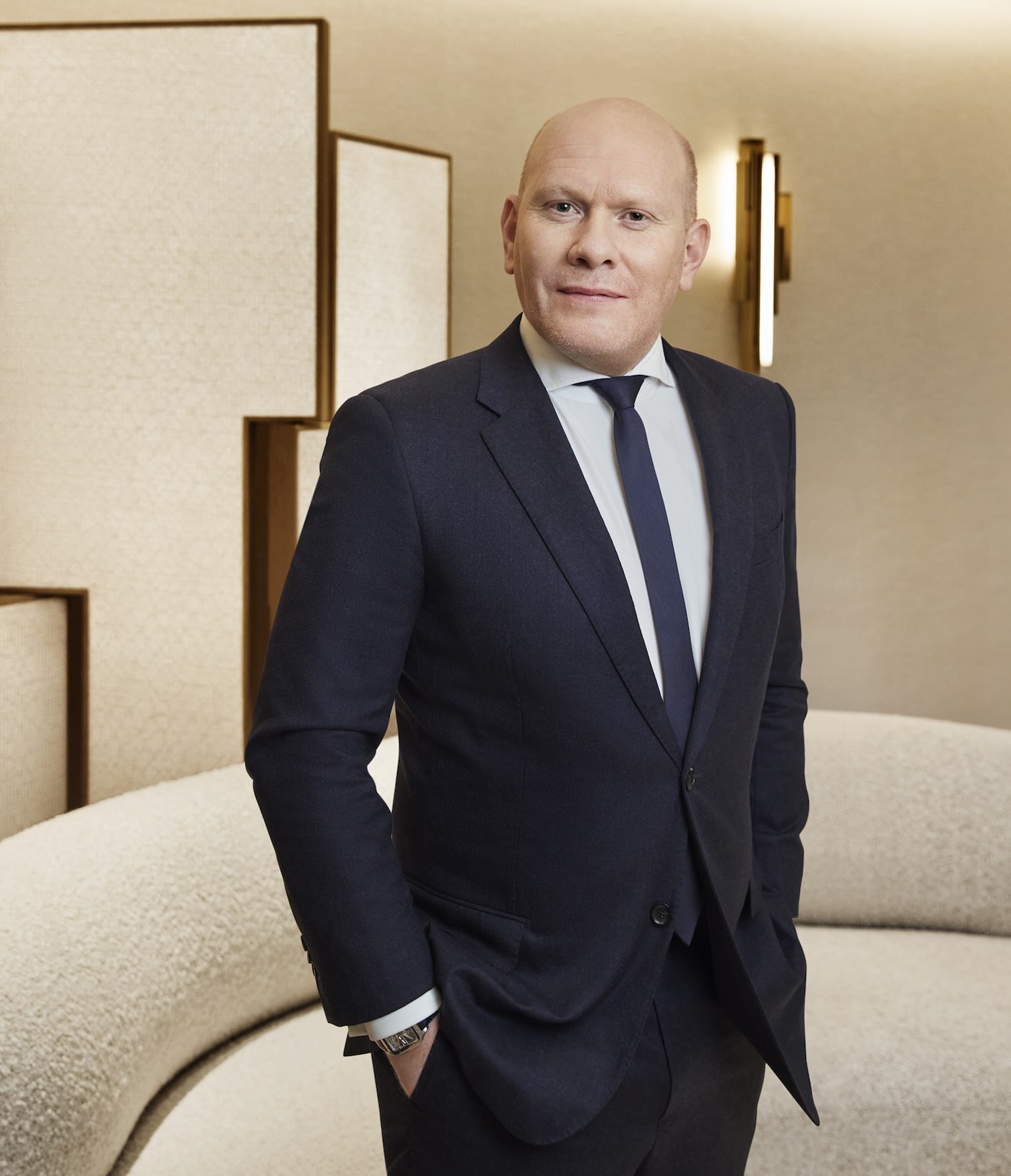
Frank Geelen, MONOCHROME – How was the Cartier Prize for Watchmaking Talents of Tomorrow born? What inspired the brand to create this prize, and how does it align with your broader vision for the future of watchmaking?
Karim Drici, Cartier Senior VP, Chief Operating Officer – Cartier has always felt it had a responsibility to inspire vocations and nurture talent in order to pass on its vision of watchmaking and its dedication to craftsmanship. The Prize, first launched in 1995 by the Cartier Watchmaking Institute and dedicated to young watchmaking students, is a direct expression of that commitment. It allows us to stand alongside those who want to pursue this career and will shape the watchmaking of tomorrow.
Through this Prize, we want to give young watchmakers the opportunity to express themselves fully, from design all the way through to creating a timepiece. The goal is not only to showcase their technical skills but also their creativity, because both will define the future of watchmaking. Above all, the Prize is about enriching their professional training.
As for our vision for the future of watchmaking, Cartier and the Swiss watchmaking industry have to remain balanced between tradition and modernity. Our manufactures will continue to safeguard centuries-old skills passed down through generations, while at the same time embracing the very latest technologies in industrial processes. Thanks to micro-technique – the art of working at an extremely small scale – combined with the constant pursuit of beauty, watchmaking has often acted as a pioneer for other industries. Cartier will keep on innovating for ever greater precision, and keep on being inventive when it comes to decoration, producing techniques that are as creative as they are surprising.
The Cartier Prize echoes our watchmaking vision: resolutely future-oriented, it is about imagining and shaping the watchmaking of tomorrow while supporting those who aspire to create it. For Cartier, the Prize is not only a competition but also a bridge between tradition and innovation, ensuring that the next generation carries forward both technical mastery and creative audacity. It has embodied the Maison’s commitment to nurturing future talent, offering young watchmakers a platform to share their vision and to carry forward the discipline’s tradition of excellence.
What are the “mechanics” (pun intended) of the prize? What are the different categories, the selection process, and how is the award attributed? What is the application period? What countries are concerned by the award?
The Prize is open to apprentice watchmakers in their third and fourth years of vocational training, as well as students in higher vocational watchmaking courses in Switzerland, France, Belgium and Germany.
Each year, a theme is chosen to guide the competition. For 2025, it is “Shifting the Balance: Reading and Perceiving Time Differently.” The idea is to encourage participants to propose new and innovative ways of looking at our relationship with time. This 28th edition calls on them to push boundaries with bold ideas, where technique, innovation and creativity come together to imagine tomorrow’s watchmaking.
Applications can be submitted via the dedicated website between September 8th and October 31st 2025. Candidates send in a dossier including a video presentation, a description of their project and sketches. In early December, after reviewing all applications, a jury of five watch industry experts* will select six technicians and six apprentices.
These 12 finalists will then have up to 80 hours spread over three months to develop their project. During this time, each candidate is paired with a mentor of their choice – external to Cartier – who provides guidance and feedback throughout the process.
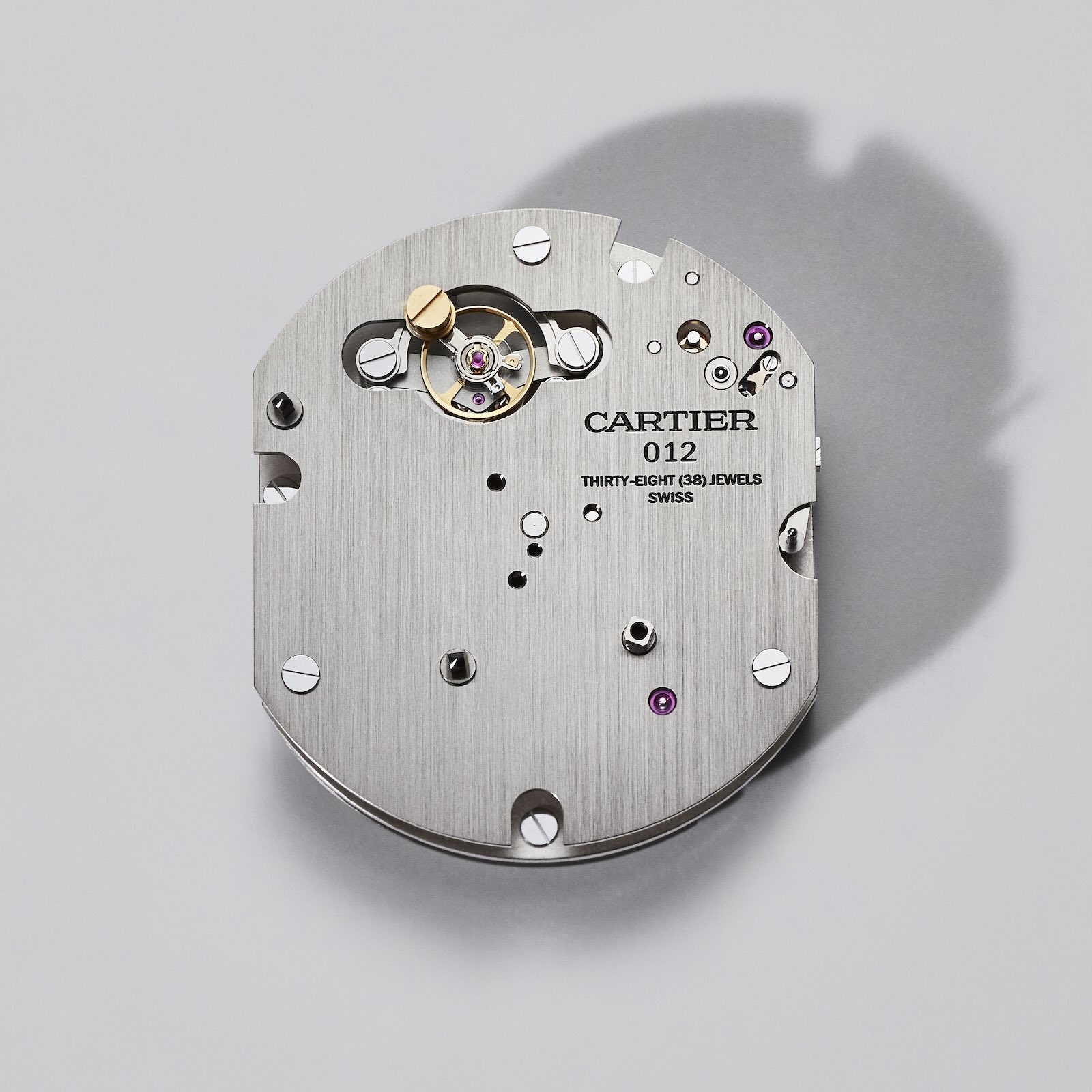
At the end of this period, finalists must deliver their finished prototype along with a development logbook (with sketches and photos). They will then present their project to the jury at the Maison des Métiers d’Art in April 2026 in La Chaux-de-Fonds, Switzerland – Cartier’s exceptional savoir-faire hub, founded in 2014.
The winners will be announced during a special awards ceremony in June 2026.
*The 2025 jury of the Cartier Prize for Watchmaking Talents of Tomorrow is made up of:
- Roy Davidoff, vintage watch specialist and co?founder of Roy & Sacha Davidoff SA
- Pascale Lepeu, Director of the Cartier Collection
- Nathalie Marielloni, Assistant Curator at the Musée International d’Horlogerie
- Pascal Ravessoud, Vice?President of the Fondation de la Haute Horlogerie, watch expert and collector
- Kari Voutilainen, independent watchmaker
Each year, a new theme is given to participants. For the 2025 edition, the theme is “Shifting the Balance: Reading and Perceiving Time Differently.” How was this chosen?
The idea behind this theme is to invite participants to break away from conventional ways of displaying time. They are encouraged to explore all aesthetic and creative aspects of watchmaking in order to propose their own interpretation, integrating a movement that brings the concept to life.
It also echoes Cartier’s own watchmaking news. In April, at Watches & Wonders 2025, the Maison unveiled a new interpretation of the Tank à Guichets from the Cartier Privé collection. Inspired by a 1928 model, this cult watch has no hands and no dial. At Cartier, technique always serves design: here, an openworked plate with two apertures makes way for a completely original digital reading of time. Its jumping hour and dragging minute mechanism sits at the crossroads of bold aesthetics and technical innovation.
Also, the year prior, in 2024, Cartier played with the notion of “Reading Time Differently,” with the Santos-Dumont Rewind and its mechanical movement with reversed manual winding, where hands move backwards, rather than forwards.
This approach is exactly the kind of fresh vision of time that the theme encourages. “Shifting the Balance” opens up creative possibilities and invites us to rethink how time can be presented, even beyond sight alone.
What qualities do you look for in the young talents you want to support and how does the program mentor or guide them?
Talent, boundless creativity and, above all, a true passion for watchmaking! The jury uses a clear evaluation grid to select six finalists in each category. They look at:
- originality and concept,
- feasibility of the project,
- quality of the application,
- and of course, motivation.
As for mentorship, the candidates themselves choose their mentors, which we felt was important. Most select teachers from their schools. These mentors are invaluable, especially for candidates who have never before developed a project from start to finish. They provide guidance and an external perspective that helps candidates overcome difficulties and step back from their work. The key is that mentors advise and support, but never do the work in their place.
Beyond this prize, what other initiatives at Cartier aim at encouraging horological vocations or young watchmaking talents?
Recruitment and the transmission of know-how are among the greatest challenges facing watchmaking today. They are at the very heart of Cartier’s concerns and commitments. The Maison has always believed it has a duty to develop craftsmanship and expertise, and above all to pass them on to the next generation.
This is why Cartier works closely with schools and training institutions in France and Switzerland. In 1993, the Maison launched the Cartier Watchmaking Institute (IHC) to support apprentices and artisans in developing skills across watchmaking and mechanics. Since then, 180 people have been trained.
We offer various types of training, from apprenticeships in watchmaking trades to programs in development and machining. Our ambition is to triple the number of apprentices in the next three years, largely thanks to the Institute.
The Institute was a pioneering initiative from the start: created to respond to Cartier’s internal training needs and to ensure the long-term continuity of its métiers. Its main mission is to preserve, pass on and further develop the Maison’s watchmaking know-how. It also aims to attract new talent, foster their development and spark vocations.
Today, around ten specialised trainers teach about thirty apprentices across eight professions: watchmaking operator, production watchmaker, watchmaker, micro-mechanic, poly-mechanic, mechanical practitioner, technical designer in micro-construction, and alternating training for engineers in micro-technique and design. To date, 180 apprentices have graduated, and more than 50 of them currently work within the group.
Which skills or mindsets do you believe the next generation must develop to thrive in watchmaking?
Technical excellence, ingenuity, and a pioneer spirit. But not only do they also need passion and the drive to tackle difficult watchmaking challenges.
One must have savoir-faire – in other words, mastering the gestures specific to one’s craft. While dexterity is certainly a common denominator across all our métiers, excellent eyesight is also required of everyone. Each craft then calls upon its own specific techniques, which must be mastered through repeated practice and a deep understanding of the tools: for the watchmaker, these are, of course, the techniques of assembly and regulation; for the gem-setter, it is the mastery of the burin and the techniques of cutting into the material.
After 30 years, why is the Cartier Prize for Watchmaking Talents of Tomorrow still relevant?
After three decades, the Prize is still as relevant as ever because its purpose has not changed: to stand alongside those who want to embrace this career and who will build the watchmaking of tomorrow. Cartier has always considered it its responsibility to spark vocations and nurture young talent, in order to pass on both its vision of watchmaking and the excellence of its savoir-faire.
It also remains essential today because it helps shape the future of the discipline by guiding those who want to take part in it. At a time when specialised crafts are increasingly fragile, the Prize plays a crucial role in encouraging young talents, sharing our passion with them, and creating vocations.
In addition, the Prize remains pioneering by keeping watchmaking education alive and connected to contemporary challenges – from embracing innovation to addressing sustainability. It also builds a strong community of alumni who inspire and support one another, amplifying the Prize’s impact well beyond the competition itself.
What opportunities does the Maison offer through this Prize?
Through this Prize, Cartier offers future watchmaking talents unique opportunities to grow and develop. The winners gain visibility within the industry, while the top two laureates are offered internship opportunities inside the Maison. The six finalists are invited to an immersive experience, for instance, within our restoration workshops, enabling them to discover Cartier from the inside. Beyond that, they join a dynamic community of laureates and gain access to Cartier’s international network – a source of inspiration, exchange, and long-term professional support.
Is there a mentor or pivotal moment in your own career that shaped how you now support young talent?
If there is one person who stands out among all those who have marked the history of Cartier’s watchmaking Manufacture, it is without a doubt Jean-Luc Tschirky. He was far more than a manager to me – he was a true mentor, a guide, a spiritual father in the world of industry.
What made him so special was his ability to combine a high-level strategic vision with an intimate knowledge of the shop floor. He was never afraid to roll up his sleeves, put on a lab coat, and speak with the operators behind the machines. He understood their constraints, their challenges, and their aspirations. And at the same time, he was capable of convincing Richemont’s top leadership to take bold decisions and to invest heavily in the industry.
If you could give one piece of advice to a young watchmaker starting today, what would it be?
Watchmaking is a profession driven by passion. The world of watchmaking is a blend of tradition and innovation. While mastering classical techniques is essential, the field is constantly evolving with new materials, technologies, and approaches.
Embrace this evolution, stay curious, and continually seek opportunities to expand your knowledge and refine your skills. Take part in workshops, study new movements, experiment with different finishing techniques, and learn from experienced watchmakers. The more you learn, the more “recognised” and versatile you will become in this demanding yet rewarding profession.
For more information and to apply, please visit the dedicated page at prixcartiertalentshorlogersdedemain.com.

